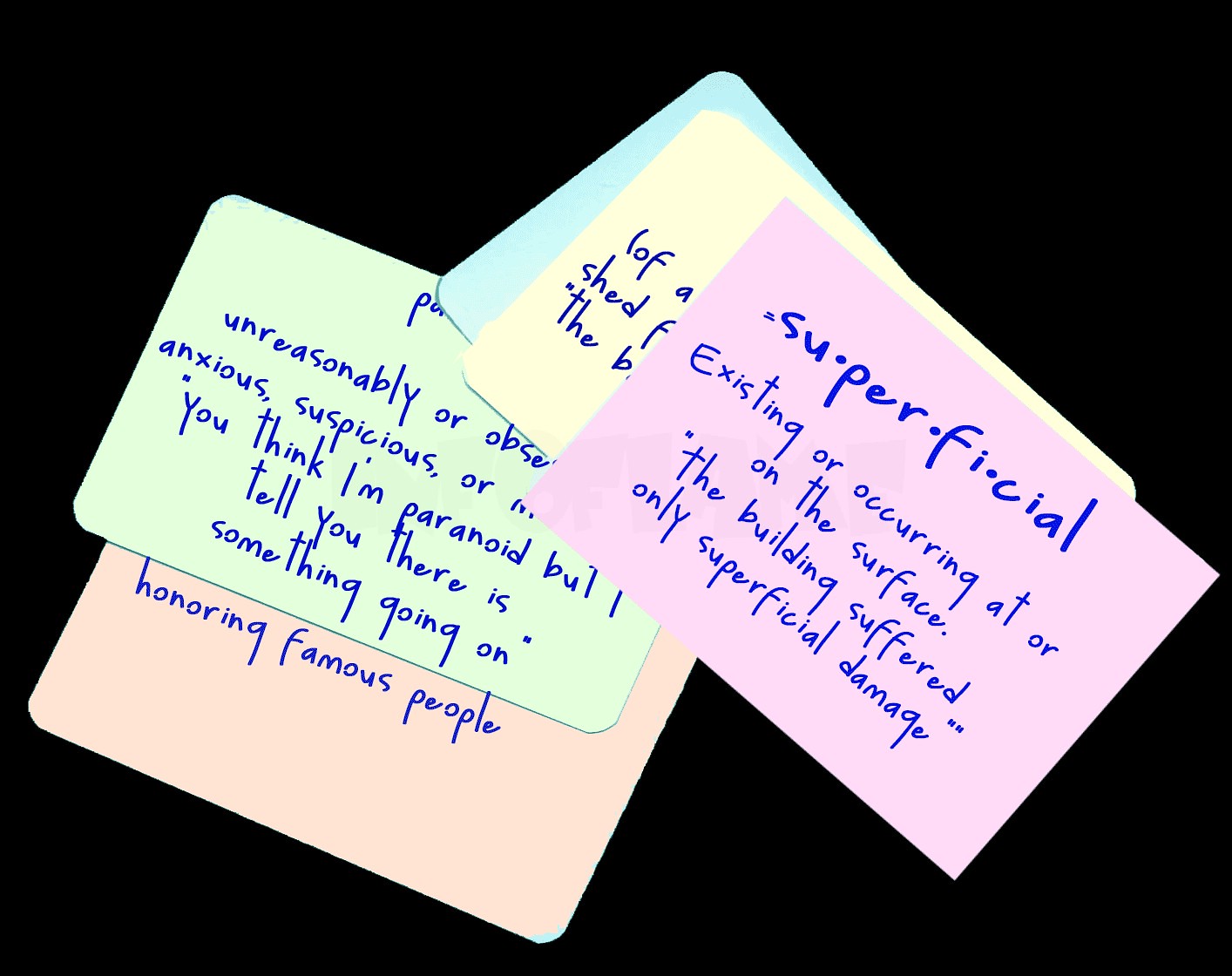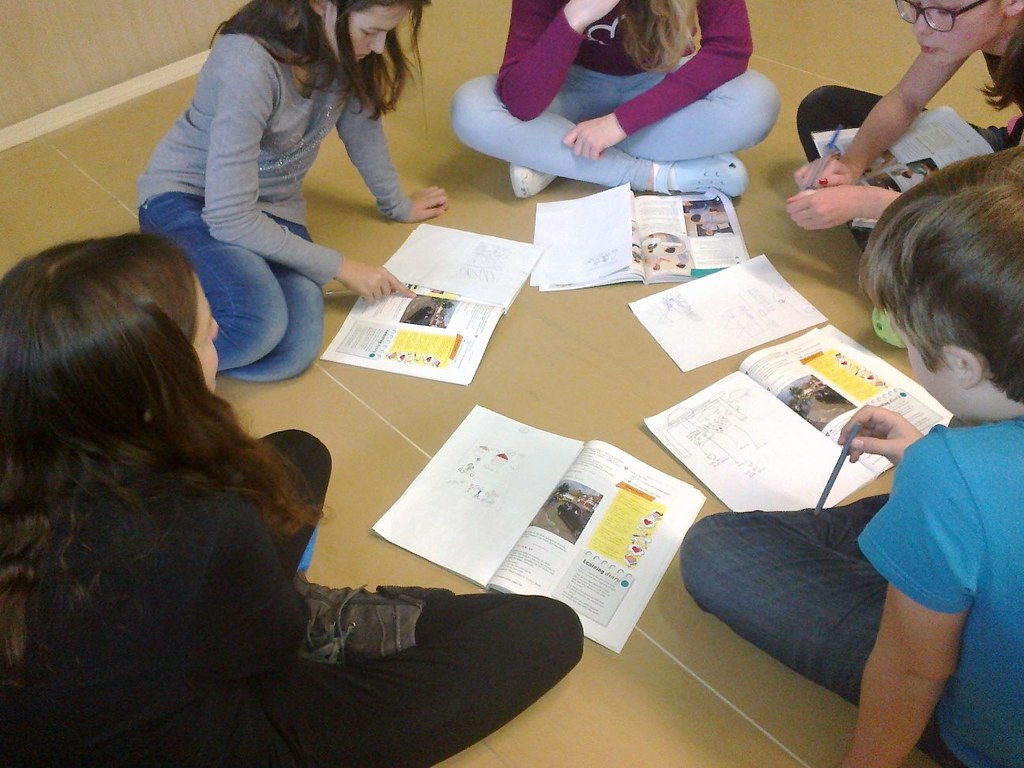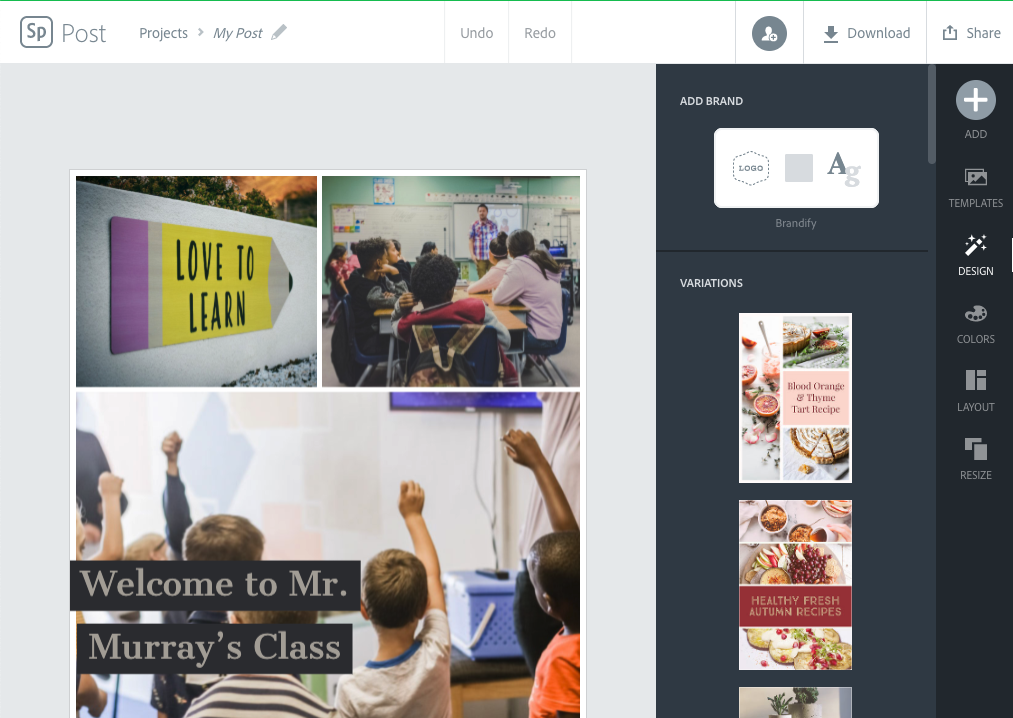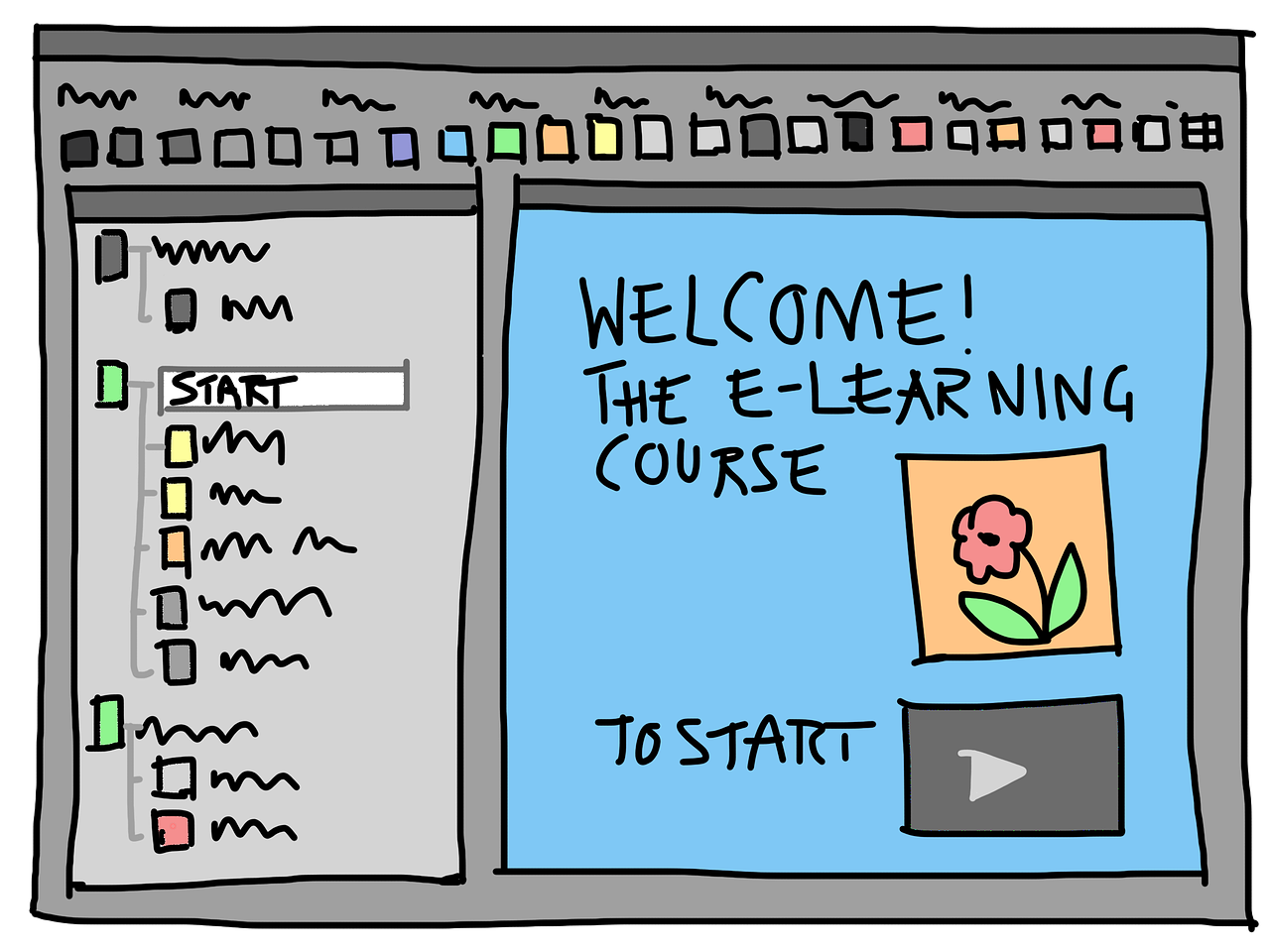One of my favorite tools to review vocabulary is Quizlet. There a so many resources that are pre-made and you can also copy these vocabulary sets to add, remove, or modify terms as you need. Previously, students could review vocabulary sets without creating an account and signing in to the website. I noticed this year that after the 9th word or so you need to sign in to see additional words. If you are looking for a free alternative to Quizlet that does not require student accounts I would recommend Tinycards by Duolingo.
Read more...










